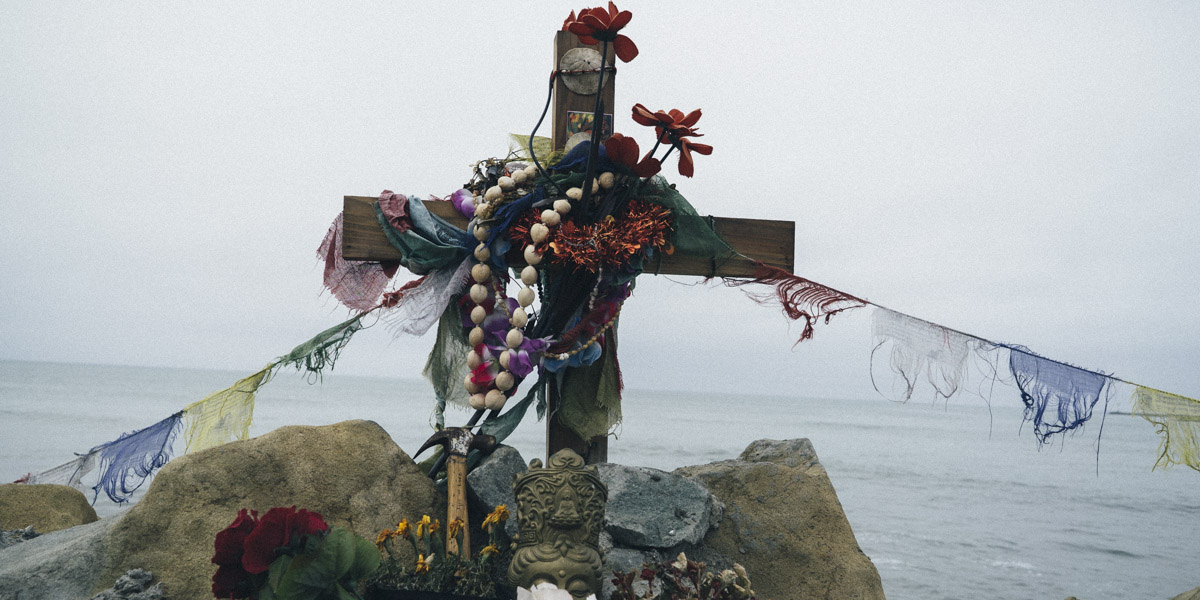Radio Wishlist – Multi-payload klogging: a world of content..
I?ve been screaming for this in my own quiet way since Radio?s Pike days. Make us payload masters!
You started with the “blog item” payload. Radio lets us navigate through a database of our items; render them in html and xml; publish, syndicate, and aggregate them. Radio creates web forms that let us create new content using the blog item structure. And we even have web services that let us pass collections of web items from one app to another.
Take it to the next level of abstraction. Let me blog multiple kinds of payloads.
vCards, iCalendar events, event channels, resumes and CVs using the HR-XML and SIDES standards, purchase orders, semiconductor recipes, project management tasks and assignments and status reports.
Starting from an imported or referenced XML schema, generate a preferences page for the new payload.
Let me:
- Name this design
- Choose which items are optional or mandatory; shown, editable, or hidden.
- Associate component parts with a channel?s metadata or with a post?s.
- Choose default html transforms.
From this design, generate an html interface. Forms for creating new instances of the payload, and editing them. Database search and browsing tools. What we have for blog items, just with support for other structures.
Here?s a story.
I saw in my team news feed that we were having a meeting. I clicked on the event icon and loaded it into my Outlook calendar, later synched with my Palm Pilot. I clicked on the event?s agenda and saw the list of system migration tasks we?re going to review. I clicked on one of the tasks and Radio opened it up for me, showing the projected start and end dates, the task deliverable description, and that I?m responsible for it. Right. I see that someone from WidgetFactory will be there. I check IntraDayPop and Google to see if anyone else has background on them.
I go to the meeting. Mary and Harry blog it, I take pictures.
On my Radio desktop home page, I started writing up my meeting notes.
- I saved my draft then hit the “add more kinds of stuff” button.
- I looked at the list of available kinds and clicked “add a picture”.
- On the “add a picture page” I pointed to the picture file, titled it, named the people in it, described what we were doing, when it was taken (obviously not the posting time) and where, and a few notes.
- I previewed it and saved it, and added four more.
- I added the vcards of the people in the meeting, which Radio lets me import from Outlook or the company LDAP service.
- I changed the order of the pictures to show the logical progression of the debate.
- I used the ?add an event? button to create the follow-up meeting. I used the “add a Catering Request” button to order coffee and bagels; Radio emails a copy to me and to catering, pushes the info to SAP updating my cost center.
- I saved and published the post. Radio not only appended the pictures with the metadata to my post, it also created a slide show. The fotos, follow-up event, and catering order are associated with the event in my blog?s database, in the RSS feed and on my web page.
Because they were mentioned with vCards in my post, my Radio pinged theirs. They should know my feed had updated with something of special interest to them. Their Radios detect the proposed event, and that it is from a trusted channel, and push it into their local copies of Outlook, Netscape Calendar, or Apple iCalendar. Since there were three vendor folk at the meeting, two new to me, the vendors? vCards were automatically added to my Outlook rolodex.
I prep for the followup meeting by doing my project status flash report. I go to my Radio desktop home page, start a post, “add: project flash report”, fill out the multipart form, save/preview/and publish.
I have a sidebar on my dashboard showing recent meetings and links to my and other posts about them. Coming meetings too. I routinely show them on my intranet and public blog. The meeting description form has a ?private? check box so I can the event if I like.
The dashboard also has a list of the people I?ve been meeting, and exchanging posts, and emails. Linking to their blogs and to searches of my personal blogspace. Radio updates their vcards on my system by scanning their blogs for the latest version every few weeks.
This is how I want to klog.
This is the fastest, surest way for Radio to take its place in the enterprise architecture. Multiple kinds of payload. Flowing through blogs, metablogging systems, blogspace, and over web service bridges to the apps of our daily work lives.
See also:
- How to manually include an event payload in a blog post. To Radio, the event or a vcard are just more html or gems. Radio needs to understand them as data objects outside of the item’s “description” blob.
- blogging CVs and resumes with Radio.
- More payload discussion in
- Whither blogs?
- Keyless klogging for the rest of us
- What is Mediablog literacy?
- Radio Wishlist – Audio options.
- Whither blogs?
- Chris Janton makes LDAP calls from Radio!
[a klog apart: klogs]
[a klog apart]